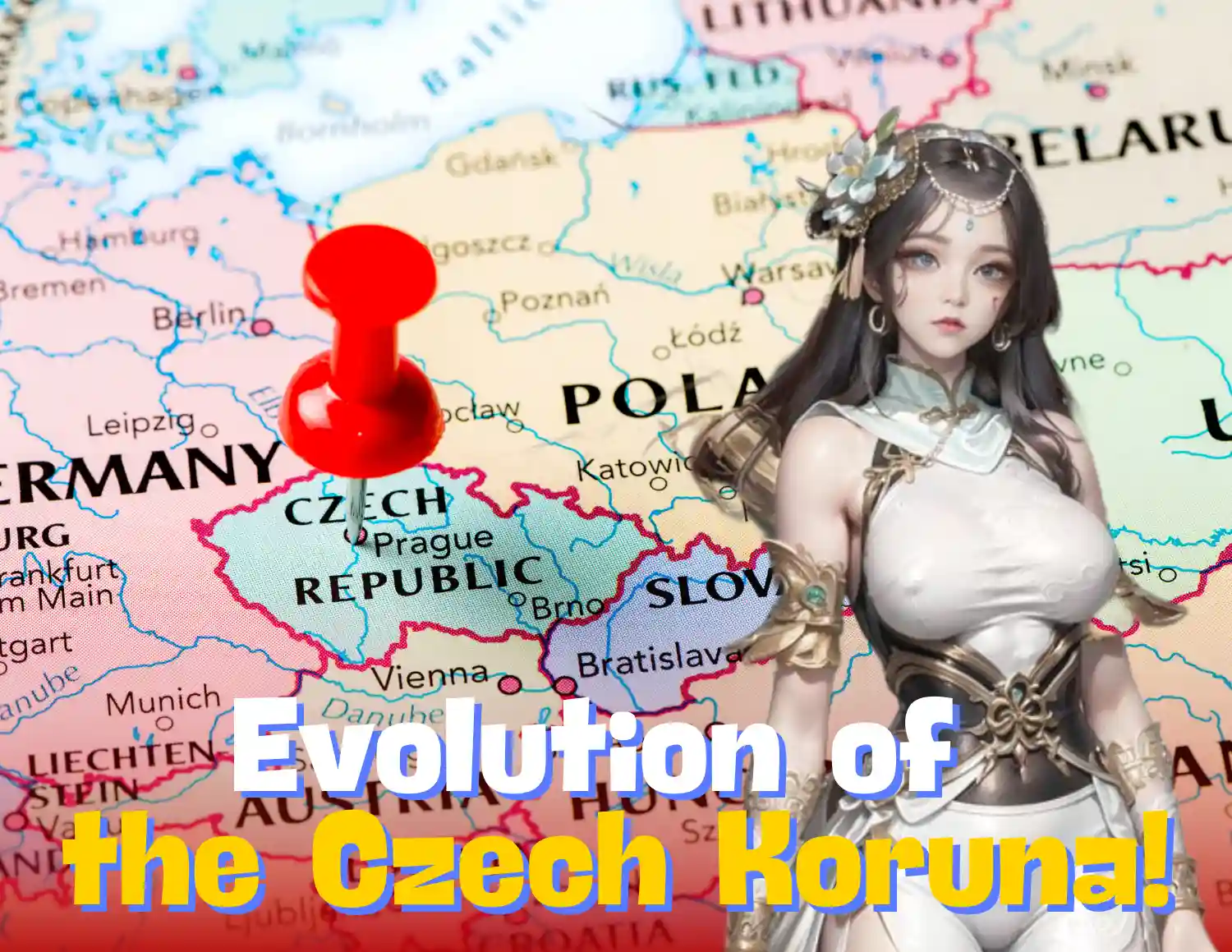Introduction to the Czech Republic: A Nation Shaped by History and the Czech Koruna (CZK)
The Czech Republic, lodged in the heart of Europe, boasts a rich history intertwined with its currency, the Czech koruna (CZK).
Historical Background
People have inhabited the Czech lands since ancient times, and the Czech state emerged in the 9th century. Over centuries, the region saw the rise and fall of kingdoms and empires, including the Holy Roman Empire and the Austro-Hungarian Empire. Czechoslovakia was founded in 1918, followed by the peaceful Velvet Revolution in 1989. The Czech Republic emerged as an independent nation in 1993.
Evolution of the Czech Koruna (CZK)

The Czech koruna has a storied history dating back to medieval times when various coins circulated in the region. In its modern form, the koruna became the official currency of Czechoslovakia in 1919 and continued as the currency of the Czech Republic after its peaceful separation from Slovakia in 1993.
Cultural and Economic Significance
The Czech koruna symbolizes the country’s economic stability and transition to a post-communist market economy. The Czech Republic is notable for its vibrant cultural heritage, encompassing architecture, music, and literature. Economically, it has developed into a dynamic market economy with thriving automotive manufacturing, technology, and tourism industries.
Conclusion
The Czech koruna is a testament to the Czech Republic’s journey from a medieval kingdom through turbulent historical periods to a modern European nation. As the country continues to evolve, the koruna remains a symbol of economic resilience and national pride.
This introduction provides a glimpse into the Czech Republic’s historical and economic development through the lens of its currency. The Czech koruna (CZK) highlights its cultural significance and role in shaping the nation’s identity.







